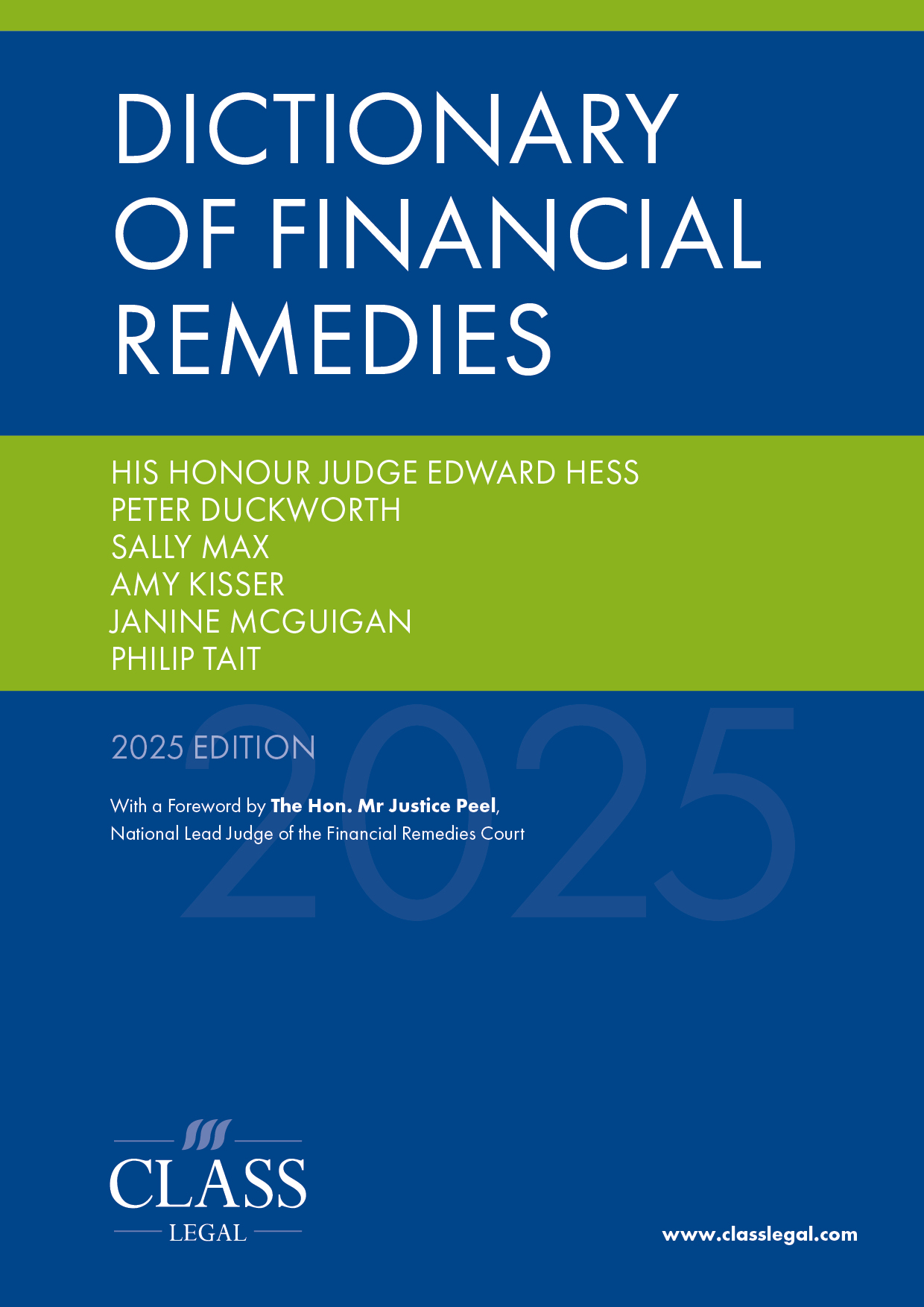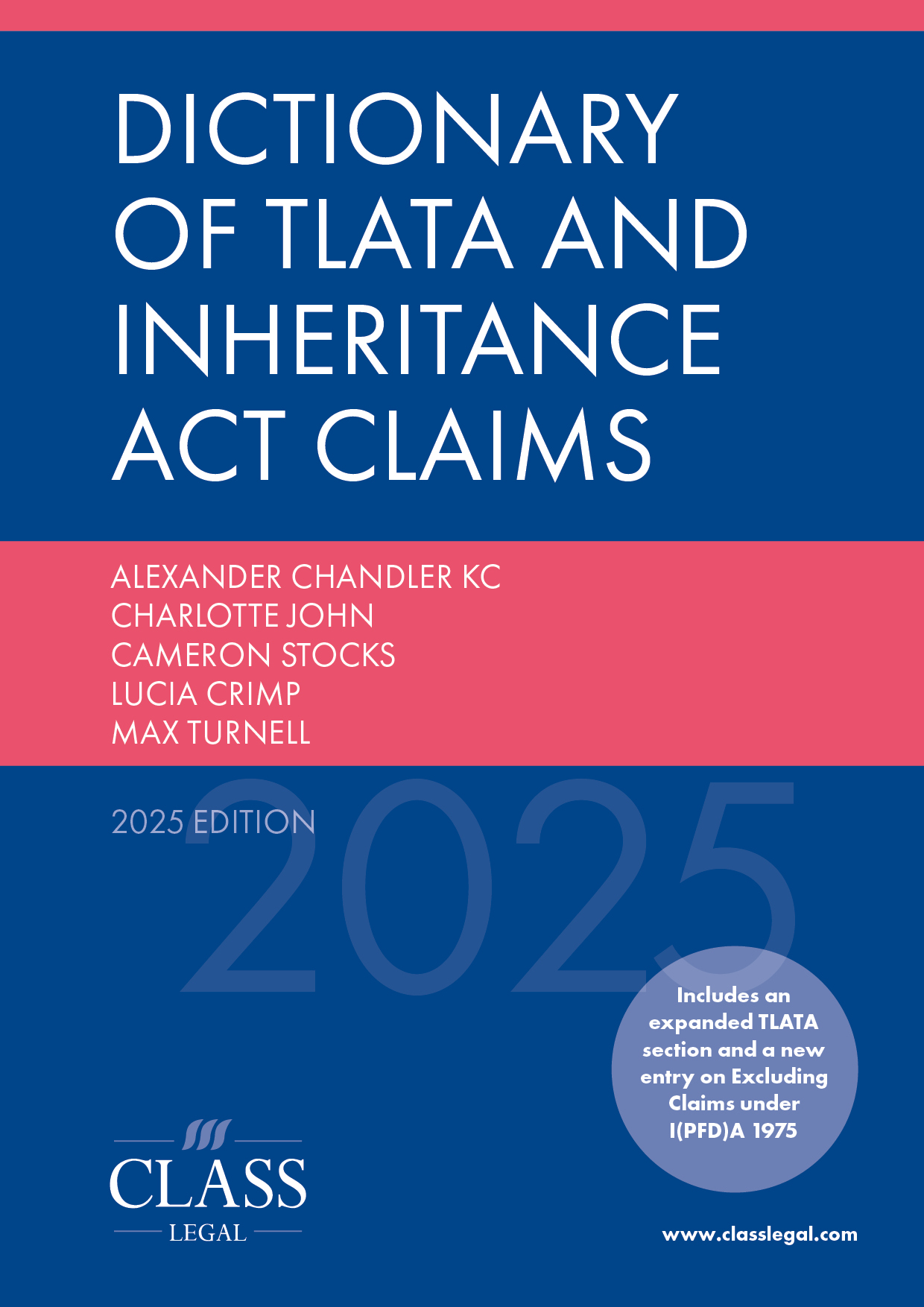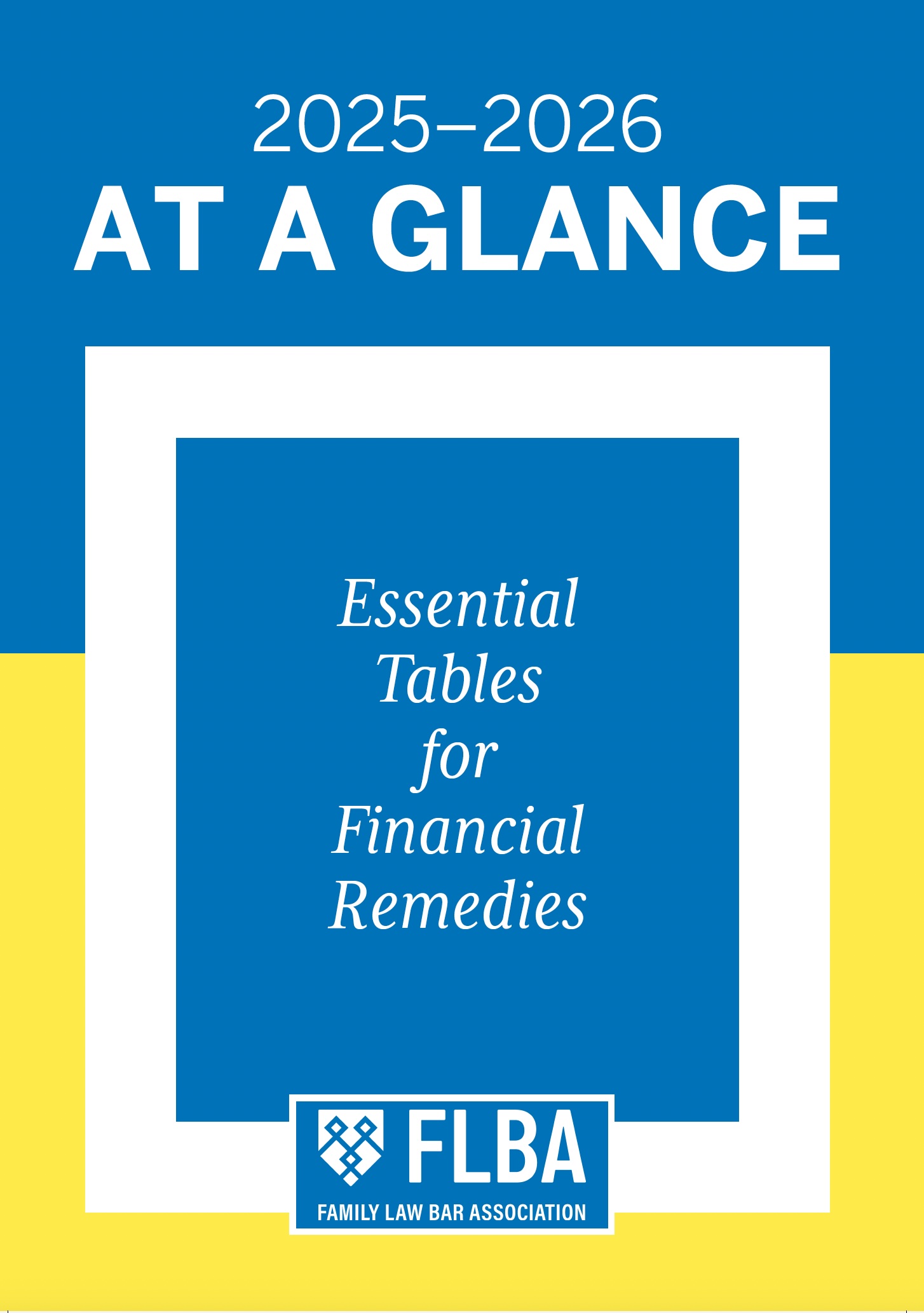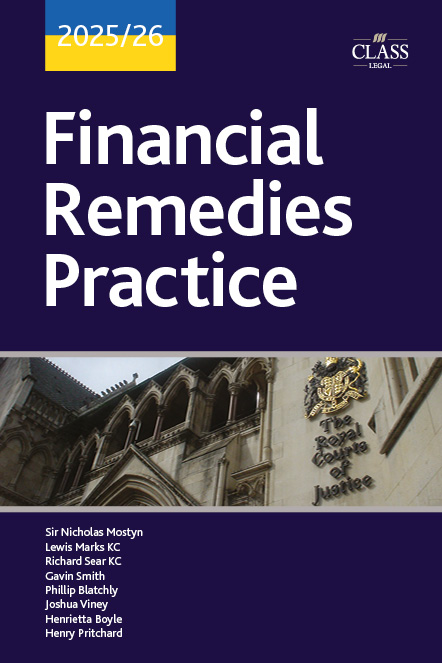
AF v GF [2024] EWHC 3478 (Fam)25 November 2024
Published: 23/02/2025 10:12
https://caselaw.nationalarchives.gov.uk/ewhc/fam/2024/3478
Mr Geoffrey Kingscote KC (sitting as a Deputy High Court Judge). Useful analysis of business matrimonialisation and quantification of assets, including the valuation of pre-marital business interests. The judgment clearly covers the two-stage exercise in Charman v Charman [2007] EWCA Civ 503 to add-back jurisprudence, the fragility of company valuations, matrimonialisation of pre-marital assets, and share transfers.
Background
W 52 (third marriage), H 62 (second marriage). Cohabitation and marriage approx. 10 years – 2011 to 2021. No children of the marriage. There are three investment funds and multiple companies (17 by 2021). Of note is that H has a modest interest in Fund 2 and Fund 3; however, the parties’ wealth is derived from the companies that provide the advisory and investment advice to the funds; [12]. Fund 1 and the first investment company were launched in 2008, pre-marital. The strategy behind that fund was developed in 2007 (pre-marital) by H; [17].
Business valuations
The relevant law is set out at [42] to [54] in a helpful step-by-step approach.
The fragility of company valuations is set out at [46], citing Lewison LJ at [185] of Versteegh v Versteegh [2018] 2 FLR 1417, ‘The valuation of private companies is a matter of no little difficulty’, and Moylan J at [5] of H v H [2008] EWHC 935 (Fam), [2008] 2 FLR 2092, ‘valuations of shares in private companies are among the most fragile valuations which can be obtained’.
Per King LJ in Versteegh at [46]:
‘121. The issue for the judge was whether there was a sufficiently sound basis from which he could reach a probable valuation for computation purposes.
134. It is undoubtedly far more satisfactory for all concerned if a court can, with sufficient confidence, settle on a valuation of a business to the necessary standard of proof, that is to say the balance of probabilities. Not to do so is unsatisfactory for the applicant (still often the wife) and is often equally frustrating for the respondent (husband) particularly if the result is, as in this case, the making of a Wells order.
135. Notwithstanding the disadvantages of the present situation, considerable unfairness can be caused to either, or both, parties if the approach is to be that in a sharing case, there is an absolute requirement on the court to settle on a valuation (come what may) and that, if the variables render such a valuation to be particularly friable, the court should simply adopt a conservative figure.’
In line with the case law, and the caution in relation to business valuations, it is widely understood that experts will make a number of assumptions about the performance of funds. The experts agreed that H’s business interests should be valued on an income basis, focusing on future income streams. The experts’ warnings as to the valuation exercise were strongly worded. The difference between them related mainly to whether potential developments should be included in the valuation. See para [145ff] for discussion.
The second (of three) scenarios which is set out in Standish v Standish [2024] EWCA Civ 567 is as follows: (b) The extent to which and the manner in which non-matrimonial property has been mixed with matrimonial property mean that, in fairness, it should be included within the sharing principle; [53]. Importantly, [167] *of Standish tells us that:*
> ‘The court will have to decide, adopting Wilson LJ’s formulation of the broad approach in Jones, what award of such lesser percentage than 50% makes fair allowance for the parties’ wealth in part comprising or reflecting the product of non-marital endeavour.’
The judge accepted both W’s case that her contributions effectively matrimonialised the entity, and H’s case that W’s work centred on implementing the strategy which was put in place before the relationship. Although W was integral to the implementation of the strategy and would have had a leadership role and worked prodigious hours – [178] – she had limited involvement in securing finance, and in the initial strategy which led to the economic success. Additionally, that there would have been a team of people to effect implementation; [179].
Add-backs for dissipation
This judgment also provides useful guidance on identifying the dissipation of funds and when add-back is appropriate. H’s purchase of a yacht and its exclusion from the Form E was criticised. The actions were found to be of unwise timing and an unwise investment of a business nature, as opposed to a deliberate dissipation of funds; [108]. Per MAP v MFP [2015] EWHC 627 the law requires that the parties have to take their husband or wife as they find them – simply put, the good and the bad. Add-backs come down to an issue of conduct under s 25(2)(g) MCA 1973, namely ‘conduct that it would in the opinion of the court be inequitable to disregard’. Such conduct must be ‘gross and obvious’ and for an add-back to succeed, the court must be satisfied of ‘wanton dissipation of assets’.
Discounts for illiquidity
Discounts for illiquidity were not suggested; however the judgment provides useful guidance of the relevant factors at [187].
Transfer of shares
Mr Kingscote KC addressed W’s withdrawn request for the transfer of shares, clarifying that he would not have ordered it, as board approval was unlikely due to W’s lack of relevant qualifications. Useful guidance for opposing share transfer requests; [171].
Outcome
The result, W £4,929,898, H £5,285,898, is presented at [190] in tabular form.
Costs
H was ordered to pay W’s costs for a disclosure application made on paper and the application made in April 2024 for costs because these were necessary applications; [194]. However, costs were not awarded for W’s legal fees – a distinction was made between the instant case where the difference between the parties’ costs was £66,000 and the case of YC v ZC [2022] EWFC 137 where the difference in the parties’ legal fees was significant – W’s £463k, H £159k.








